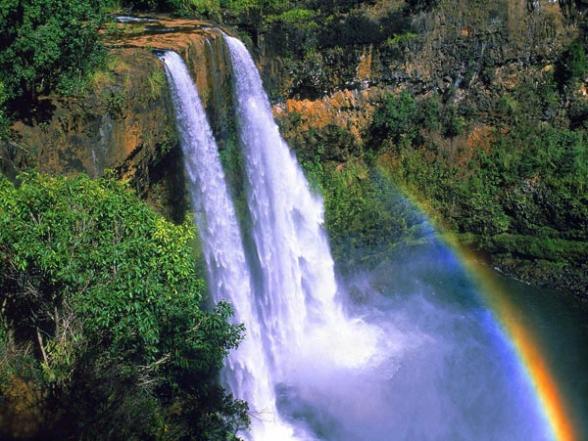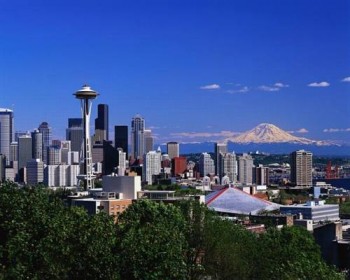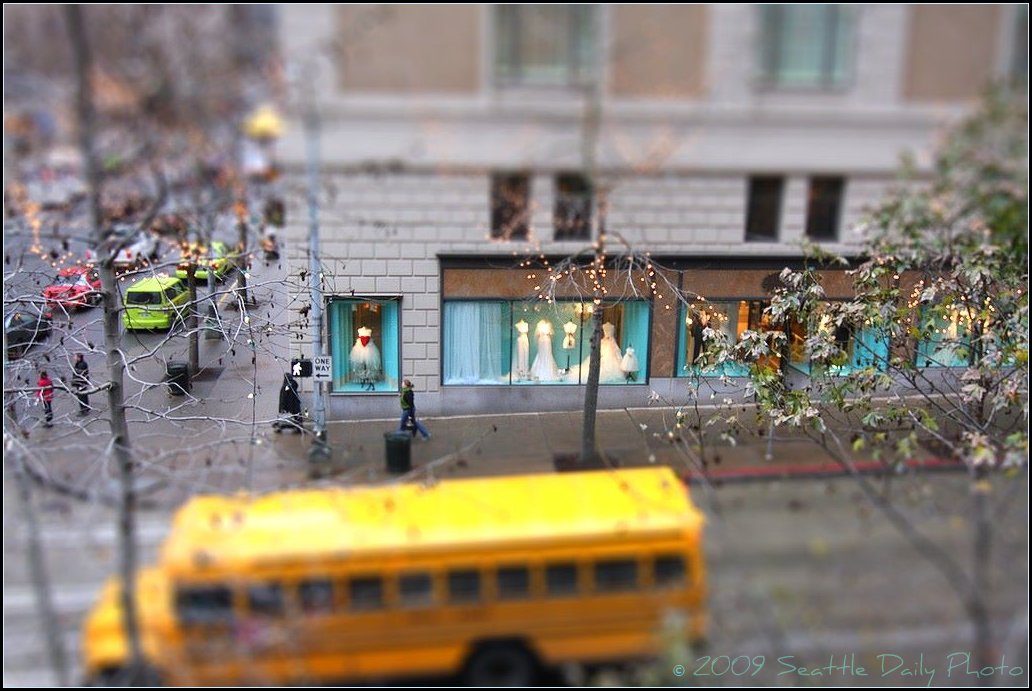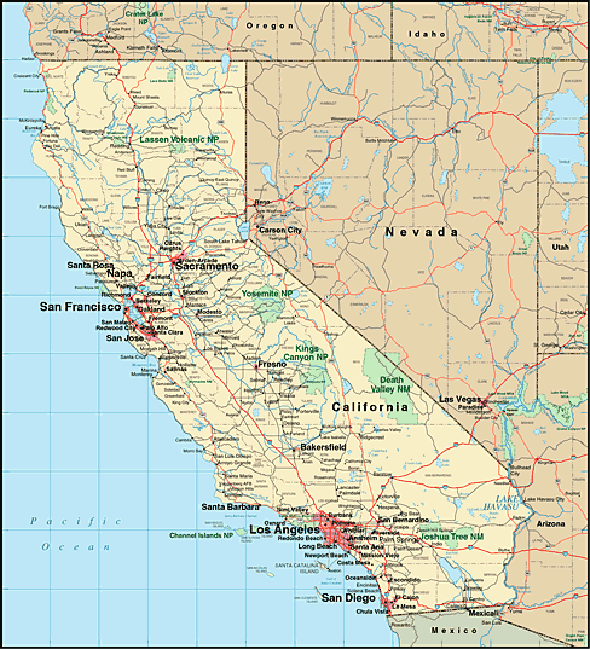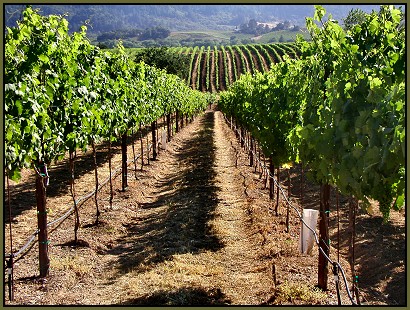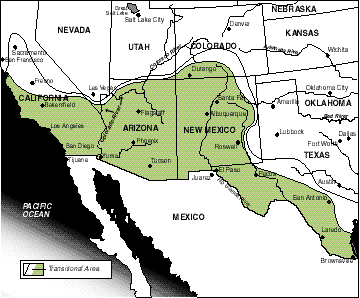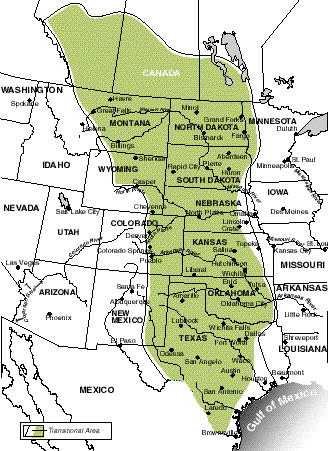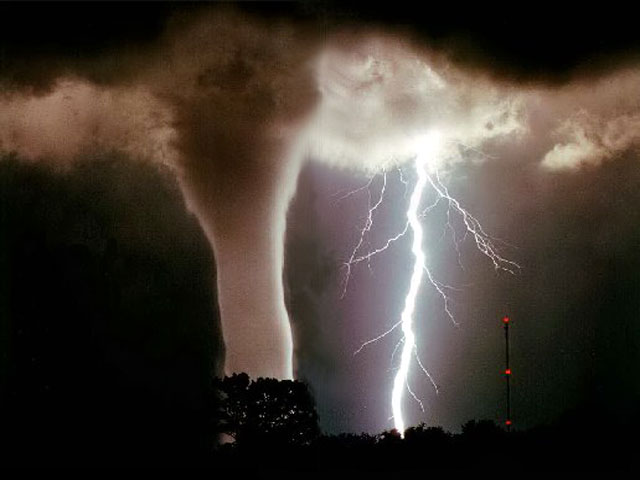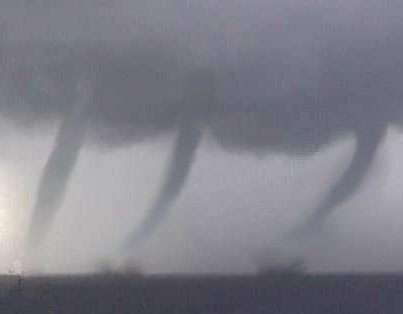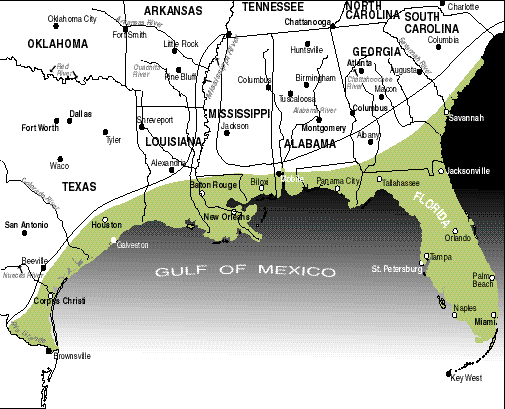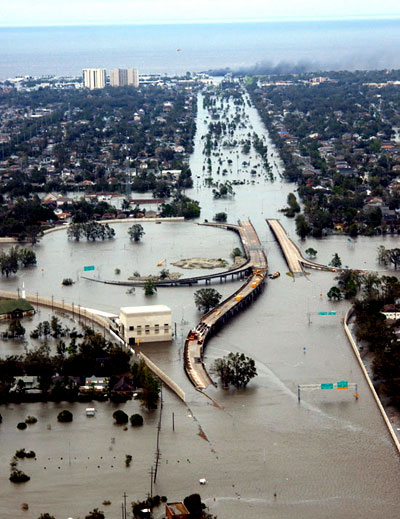We are moving closer to Seattle, but it is not part of the southwest border area. This chapter talked more about the demographics and population increase due to immigration.
Seattle is north of the southwest border area and isn't affected as much by the immigration of from Mexico. Seattle's population is predominantly white.
Here is a quick look at Seattle's demographics.
- White- 68.9%
- Asian- 14.4%
- Black- 8.2%
- Hispanic- 6.3%
- Native Indian- 1.2%
- Other- 3.2%
Total Population: 536,946 people
(Source: US Census Bureau, 2005 American Community Survey)
Another thing I wanted to cover was the Native Indian population. There were many tribes in the Southwest Border area and their numbers have dwindled since the English and Spanish settlers came. When Seattle was discovered the Duwamish occupied the land. The population is still a debate but is said in 1851 when the first settler's arrived the Duwamish tribe had at least 17 villages and living in at least 90 long houses.
For 500 generations they flourished until newcomers came... much was lost; much was devalued, but much was also hidden away in the hearts of the dispossessed. Their voices insist upon a hearing and the cumulative wisdom of their long residence in this land offers rich insights to those willing to listen. The challenge now is to find a way to make knowledge of the ancient traditions, the experience of change and the living reality accessible and available.
- David M. Buerge
Like all the tribes that existed, their lands were taken from them. The Treaty of Point Elliot was signed, however like in every tribes history, the US government failed to for fill its commitments. The Duwamish tribe never recieved their reservation. Many were forced to move from the area and join other reservations, only few stayed. In 2004 there were only about 500 Duwamish Indians left.
Here is part of the treaty (taken from Wikipedia):
ARTICLE 5.
The right of taking fish at usual and accustomed grounds and stations is further secured to said Indians in common with all citizens of the Territory,
- 1. To concentrate the Indians upon a few reservations, and encourage them to cultivate the soil and adopt settled and civilized habits.
- 2. To pay for their lands not in money, but in annuities of blankets, clothing, and useful articles during a long term of years.
- 3. To furnish them with schools, teachers, farmers and farming implements, blacksmiths, and carpenter, with shops of those trades.
- 4. To prohibit wars and disputes among them.
- 5. To abolish slavery.
- 6. To stop as far as possible the use of liquor.
- 7. As the change from savage to civilized habits must necessarily be gradual, they were to retain the right of fishing at their accustomed fishing-places, and of hunting, gatheringberries and roots, and pasturing stock on unoccupied land as long as it remained vacant.
- 8. At some future time, when they should have become fitted for it, the lands of the reservations were to be allotted to them in severalty."
These goals were significantly different from the verbal assurances provided during negotiations, and all the Native Nations were oral cultures.
Sources:
http://www.cityofseattle.net/oir/datasheet/demographics.htm
http://www.duwamishtribe.org/culture.html
http://en.wikipedia.org/wiki/Duwamish_(tribe)
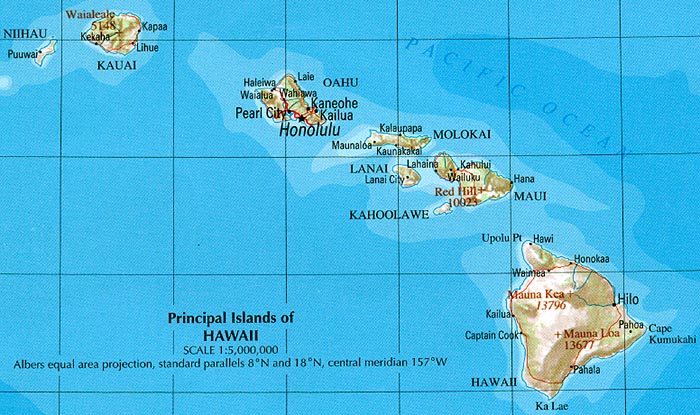

-Kilauea_at_dusk.jpg)

